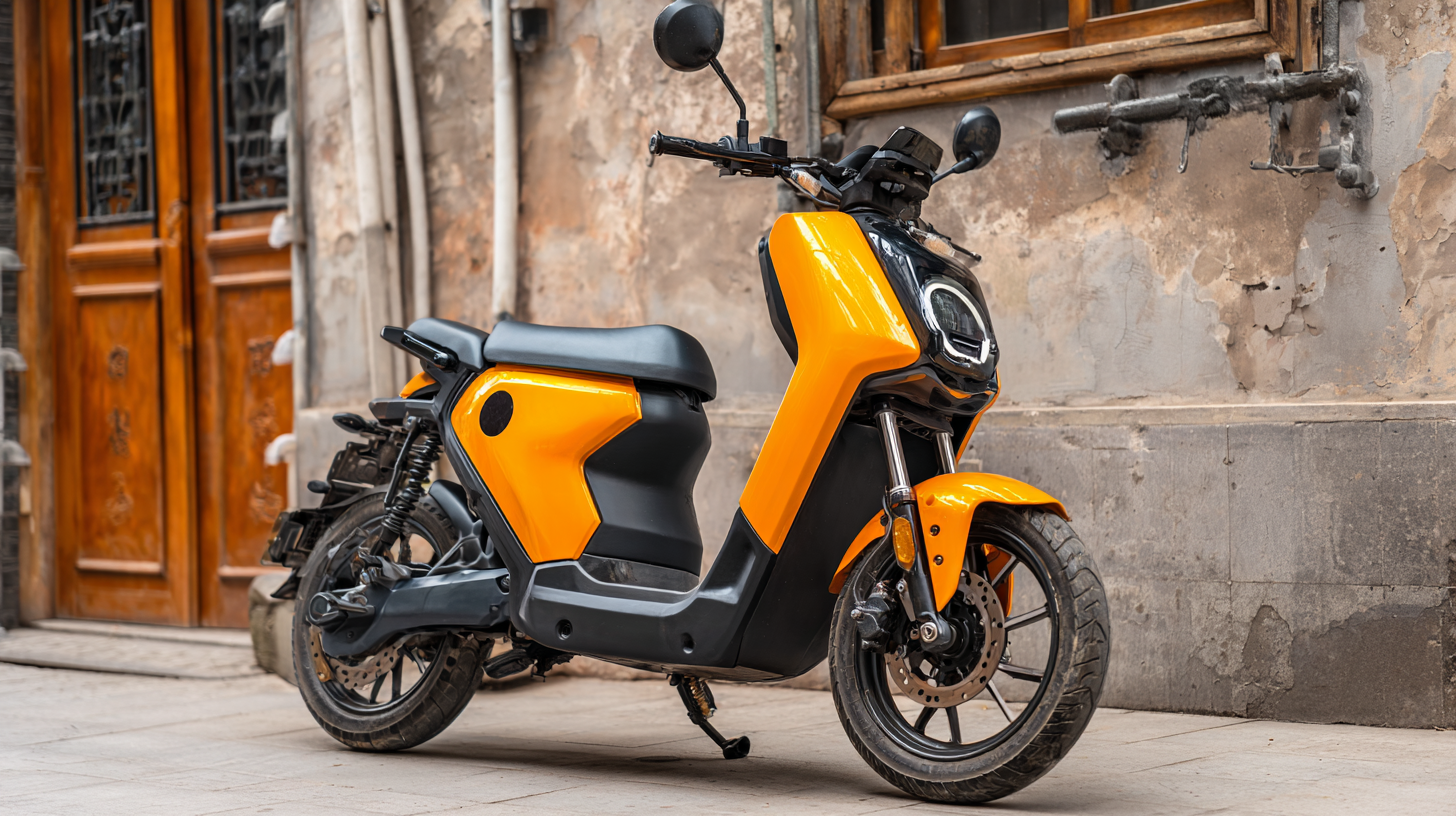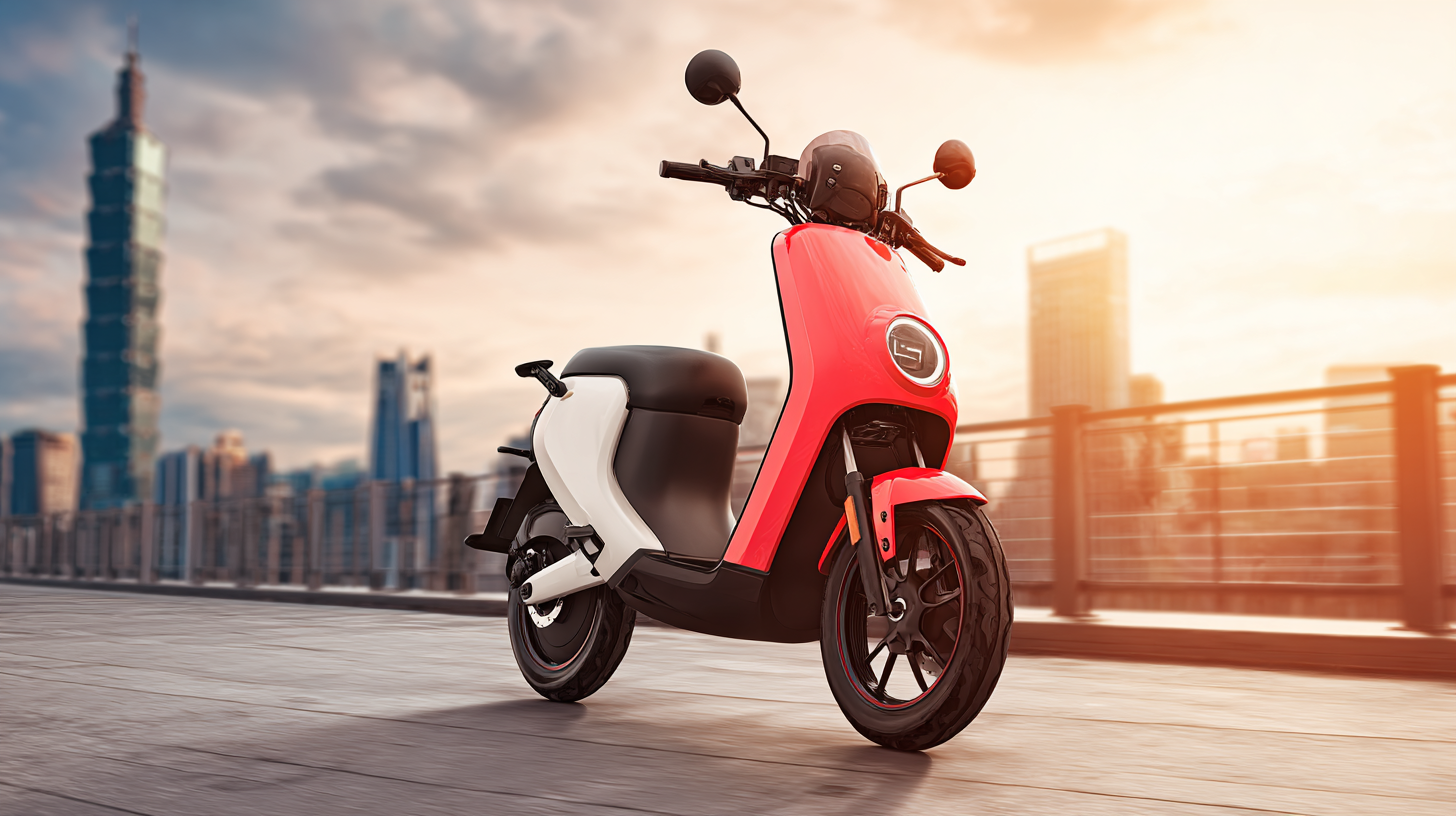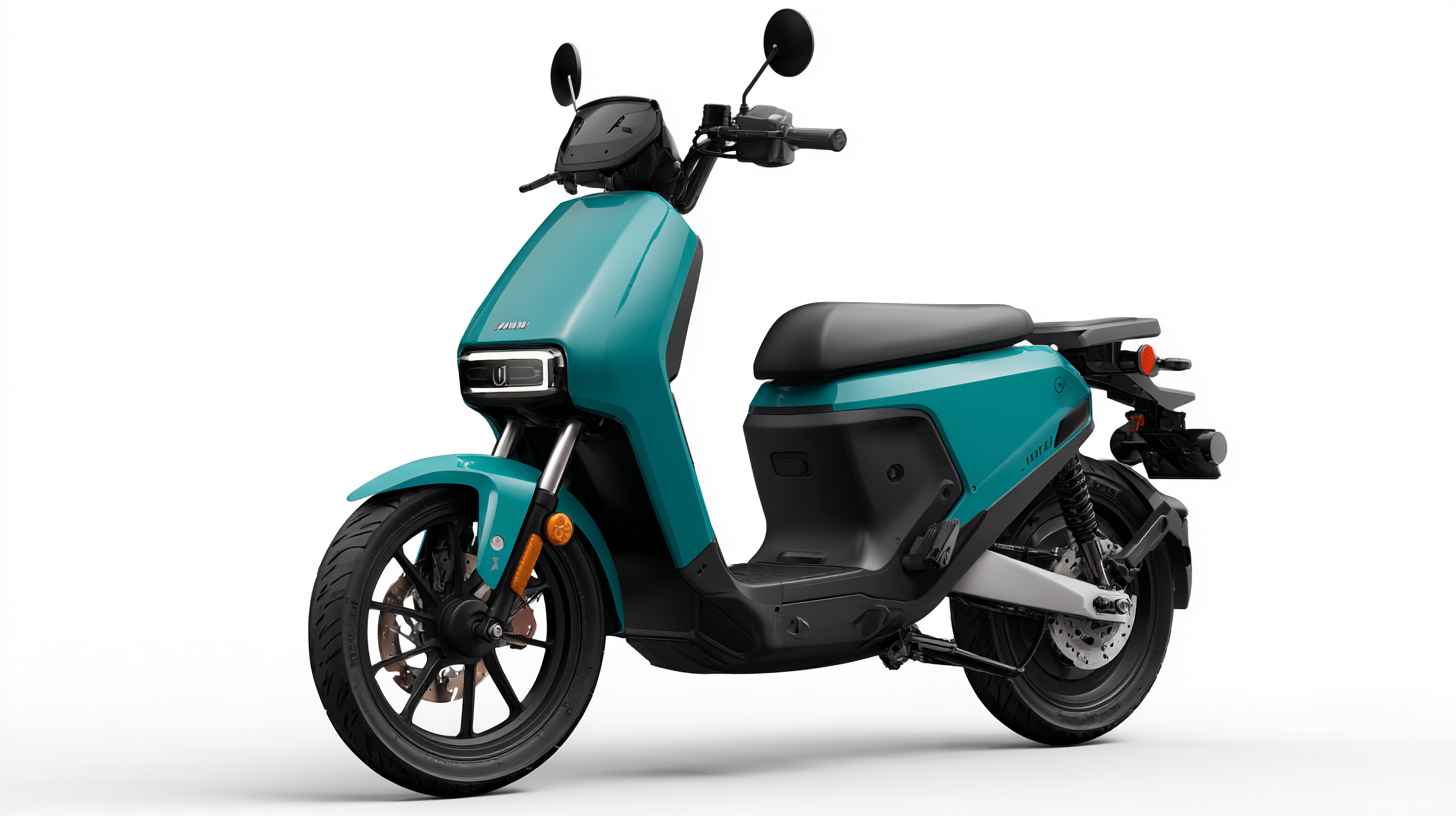As urban mobility continues to evolve, the demand for efficient and eco-friendly transportation options has surged, particularly for the Electric Moped Scooter market. According to a recent report by Fortune Business Insights, the global electric scooter market is projected to reach USD 41.98 billion by 2026, growing at a CAGR of 7.8% during the forecast period.

With increasing urban congestion and environmental concerns driving the shift towards sustainable commuting solutions, the Electric Moped Scooter has emerged as a popular choice among consumers. These scooters not only offer a cleaner alternative to traditional gasoline-powered vehicles but also provide unprecedented convenience and cost savings in densely populated areas.
As businesses worldwide look to integrate these vehicles into their procurement strategies, understanding the key factors in selecting the right Electric Moped Scooter will be crucial for maximizing efficiency and meeting the demands of the modern urban landscape.
When it comes to selecting the best electric moped scooter for global procurement, understanding the key features is imperative. One of the primary attributes to consider is the scooter's range, as it determines how far it can travel on a single charge. In urban markets, where commuting distances may vary, an adequate range ensures that users can handle their daily travels without the need for frequent recharges. This aspect is especially crucial in regions with limited charging infrastructure, making range an essential feature for budget-conscious procurement.
Another critical feature to keep in mind is the scooter's power and speed capabilities. Different regions have varying regulations regarding maximum speeds, and aligning the moped's specifications with these laws can facilitate smoother market entry. Additionally, power output correlates with performance in different terrains; thus, for areas with hilly landscapes, choosing a scooter with higher power can enhance user experience.
Other features such as battery type, weight capacity, and build quality also play vital roles in meeting consumer demands, especially as global markets increasingly lean towards sustainable and efficient transportation options.
When selecting the best electric moped scooter for global procurement, understanding certifications and compliance requirements is crucial. Different countries have distinct regulations governing electric scooters, often focusing on safety, environmental standards, and performance. For example, in Europe, compliance with the EN 15194 standard ensures that electric bicycles and scooters meet specific safety and quality benchmarks. Meanwhile, the United States has its own set of guidelines, such as the UL certification, which assesses electrical safety and performance.
Navigating these requirements can be challenging for businesses looking to enter international markets. Manufacturers must ensure their scooters comply with local laws to avoid costly delays or penalties. It’s essential to conduct thorough research on certification protocols in each target country, as non-compliance can lead to a significant loss of market access. Collaborating with regulatory experts or agencies can help streamline the process, ensuring that electric mopeds not only adhere to required standards but also resonate with consumer expectations across diverse markets.

When sourcing electric mopeds, understanding the nuances of different manufacturing regions is crucial. Each area boasts distinct advantages that can significantly affect the quality, pricing, and availability of the scooters. For instance, manufacturers in Asia, particularly China and Taiwan, are known for their advanced production technologies and cost-effective practices, which can yield lower prices for bulk orders. However, buyers should also consider potential communication barriers and longer shipping times that might accompany sourcing from these regions.
In contrast, Europe offers a burgeoning market for electric mopeds, characterized by high standards in safety and design. European manufacturers often focus on sustainability and innovation, producing scooters with advanced features and better environmental compliance. This could lead to higher upfront costs but may provide long-term value through enhanced durability and lower maintenance. As global procurement becomes increasingly competitive, understanding these regional differences in production will empower buyers to make informed decisions that align with their operational needs and market demands.
When it comes to global procurement of electric mopeds, evaluating cost efficiency and quality control is critical for businesses aiming to capitalize on the growing demand. According to a recent report by the International Energy Agency (IEA), the electric vehicle market, including mopeds, is projected to grow at a CAGR of 25% through 2030, emphasizing the importance of strategic procurement. Companies must consider the total cost of ownership (TCO), which includes not only the purchase price but also maintenance costs, battery lifespan, and resale value. A report from McKinsey highlights that electric mopeds can reduce operational costs by up to 40% compared to traditional gasoline scooters, making them an attractive proposition for enterprises.
Quality control remains a significant challenge in the procurement process. A comprehensive study by Deloitte indicates that around 70% of supply chain failures are related to inadequate quality management systems. Therefore, it's imperative for procurers to engage with manufacturers who comply with international quality standards such as ISO 9001. Regular audits and compliance checks can significantly mitigate risks associated with defects and malfunctions. Moreover, investing in quality assurance not only enhances product durability but also builds consumer trust, providing a competitive edge in a rapidly evolving market.
| Model | Price (USD) | Battery Life (Miles) | Max Speed (mph) | Weight (lbs) | Warranty (Years) |
|---|---|---|---|---|---|
| Model A | 1200 | 50 | 30 | 70 | 2 |
| Model B | 1400 | 60 | 28 | 65 | 3 |
| Model C | 1100 | 45 | 25 | 80 | 2 |
| Model D | 1500 | 70 | 35 | 75 | 4 |
The electric two-wheeler (E2W) market is witnessing a transformative shift, particularly in regions like Asia, driven by innovative strategies that emphasize sustainability. A recent study highlights key determinants for the uptake of electric scooters in Vietnam, suggesting that local infrastructure compatibility and affordability are critical to fostering growth in this sector. With a projected market size of $165.38 billion by 2030, the demand for electric mopeds is set to surge, making supply chain sustainability paramount.

Collaborations between manufacturers and battery suppliers can significantly enhance supply chain resilience. For instance, strategic alliances in the electric vehicle battery sector are crucial for securing a consistent supply of essential components like lithium-ion batteries, which are vital for electric scooters. As companies innovate around battery swapping ecosystems, such as those seen in Taiwan, the focus on creating integrated solutions can pave the way for increased adoption and efficiency in electric mobility. Investing in sustainable supply chains will not only meet the growing demand for electric vehicles but also contribute to a more environmentally-friendly future.
